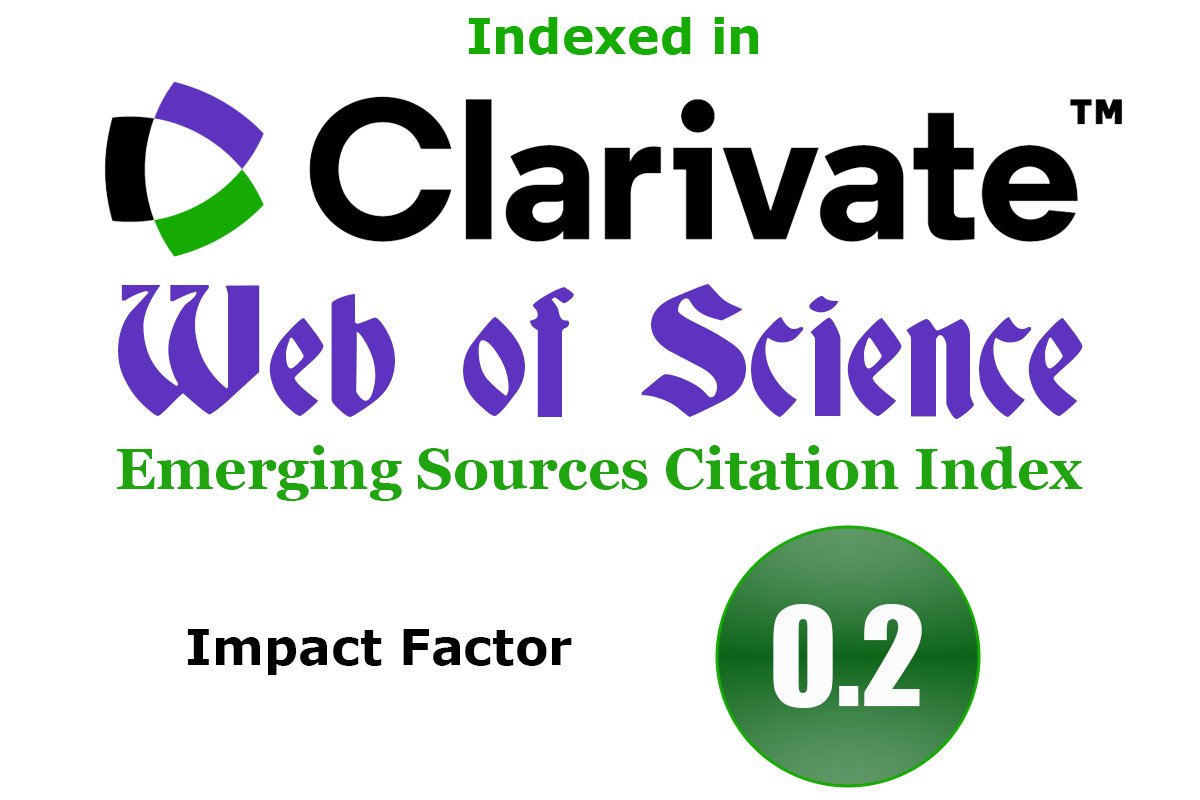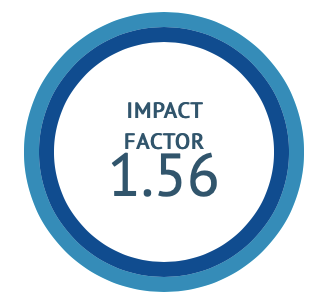A study on the development of the validated Asthi Sara Assessment Inventory (ASAI)
DOI:
https://doi.org/10.47552/ijam.v16i3.5754Keywords:
Dhatu, Sara Pariksha, Physical and psychological Traits, Asthi Sara Assessment Inventory (ASAI), HealthAbstract
Ayurveda has advocated the Dhatu sara pareeksha under Dashvidha Aatura Pareeksha (ten ways to examine the patient) for the assessment of functional state of Dhatu (bodily tissues) and Manas (Mind). The body is composed of Dosha, Dhatu and Mala. There are seven types of Dhatu, refers to structural component and functional framework of the body, playing a pivotal role in maintaining health and well-being. However, there are individual differences in the functional state of Dhatus inherently as per Prakriti (psychosomatic constitution). Sara refers to the best form of dhatu that signifies to determine an individual's Bala (biological strength of body and mind), and age of the patient. Assessment of Dhatu Sarata is particularly beneficial in numerous domains, such as evaluating strength (Bala), Immunity (vyadhikshamatva), and the management of disease. To examine Sara, certain characteristics related to each type of Dhatu have been described which may be categorised as physical, physiological and psychological traits. In the characteristics of Asthisara Purush the size, prominence and measurement of certain bones and joints have been mentioned that are big and prominent along with certain psychological traits. Although the Dhatusara assessment profoma is available but no validated tool is available to assess the Asthisara with certain objective parameters. Thus, there is need to develop a validated Asthi Sara Assessment Inventory (ASAI) to ensure inclusivity, reproducibility, and ease of use for clinical and research purposes.
Downloads
Published
How to Cite
Issue
Section
License
Copyright (c) 2025 International Journal of Ayurvedic Medicine

This work is licensed under a Creative Commons Attribution-NonCommercial-ShareAlike 4.0 International License.
The author hereby transfers, assigns, or conveys all copyright ownership to the International Journal of Ayurvedic Medicine (IJAM). By this transfer, the article becomes the property of the IJAM and may not be published elsewhere without written permission from the IJAM.
This transfer of copyright also implies transfer of rights for printed, electronic, microfilm, and facsimile publication. No royalty or other monetary compensation will be received for transferring the copyright of the article to the IJAM.
The IJAM, in turn, grants each author the right to republish the article in any book for which he or she is the author or editor, without paying royalties to the IJAM, subject to the express conditions that (a) the author notify IJAM in advance in writing of this republication and (b) a credit line attributes the original publication to IJAM.




